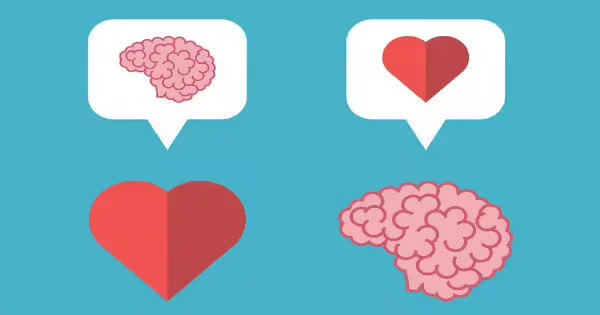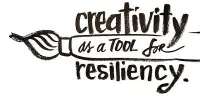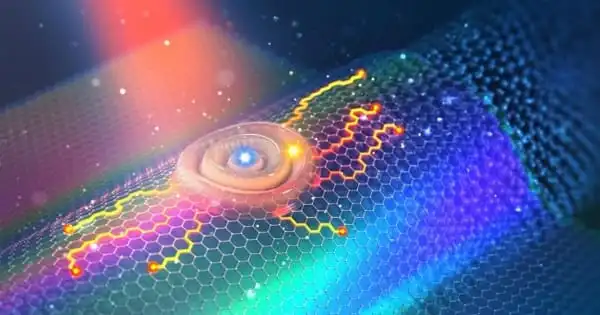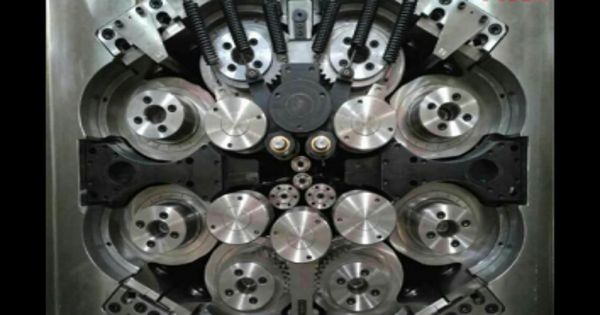You may not realize it, but every time you recall a memory, such as your first time riding a bike or walking into your high school prom, your brain slightly alters the memory. With each recall, details are filled in and information is updated or lost, almost like adding an Instagram filter.
“We’re inadvertently applying filters to our past experiences,” says Steve Ramirez (CAS’10), a neuroscientist at Boston University. Even though a filtered memory differs from the original, he claims that you can still tell what the basic picture is for the most part.
“Memory is less of a video recording of the past and more reconstructive,” says Ramirez, a BU College of Arts & Sciences assistant professor of psychological and brain sciences. Memory’s malleability is both a blessing and a curse: it’s bad if we remember false details, but it’s good that our brains have the natural ability to mold and update memories to make them less potent, especially if it’s something scary or traumatic.
So, what if we could use the malleability of our memories to our advantage in order to treat mental health disorders like depression and post-traumatic stress disorder (PTSD)? That is exactly what Ramirez and his research team are working on. And after years of studying memory in mice, they’ve found not only where the brain stores positive and negative memories, but also how to turn the volume down on negative memories by artificially stimulating other, happier ones.
Memory is less of a video recording of the past and more reconstructive. Our million-dollar idea is, what if a solution for some of these mental disorders already exists in the brain? And what if memory is one way of getting there?
Ramirez
“Our million-dollar idea is, what if a solution for some of these mental disorders already exists in the brain? And what if memory is one way of getting there?” Ramirez says. In two new papers, he and his team demonstrate the power of our emotional memories and how our experiences — and the way we process them – leave actual physical footprints on the brain.
Mapping Positive and Negative Memories
One of the most important steps toward using memory to treat memory-related disorders is understanding where positive and negative memories exist in the brain, and how to distinguish between the two. Memories are stored in all different areas across the brain, and the individual memories themselves exist as networks of cells called engrams. Ramirez’s lab is particularly interested in the networks of memories located in the brain’s hippocampus, a cashew-shaped structure that stores sensory and emotional information important for forming and retrieving memories.
In a new paper published in Nature Communications Biology, Ramirez, lead author Monika Shpokayte (MED’26), and a team of BU neuroscientists map out the key molecular and genetic differences between positive and negative memories, finding that the two are actually strikingly distinct on multiple levels. It turns out that emotional memories, like positive or negative memory, are physically distinct from other types of brain cells – and distinct from each other.

“That’s pretty wild, because it suggests that these positive and negative memories have their own separate real estate in the brain,” says Ramirez, who’s also a member of BU’s Center for Systems Neuroscience.
The study authors found that positive and negative memory cells are different from each other in almost every way – they are mostly stored in different regions of the hippocampus, they communicate to other cells using different types of pathways, and the molecular machinery in both types of cells seems to be distinct.
“So, there’s [potentially] a molecular basis for differentiating between positive and negative memories in the brain,” Ramirez says. “We now have a bunch of markers that we know differentiate positive from negative in the hippocampus.”
Seeing and labeling positive and negative memories is only possible with the use of an advanced neuroscience tool, called optogenetics. This is a way to trick brain cell receptors to respond to light – researchers shine a harmless laser light into the brain to turn on cells that have been given a receptor that responds to light. They can also color code positive and negative memories by inserting a fluorescent protein that is stimulated by light, so that positive memory cell networks glow green, for example, and negative cell networks glow red or blue.
Rewiring Bad Memories
Before the researchers label a memory in a mouse, they first have to make the memory. To do this, they expose the rodents to a universally good or unpleasant experience – a positive experience could be nibbling on some tasty cheese or socializing with other mice; a negative experience could be receiving a mild but surprising electrical shock to the feet. Once a new memory is formed, the scientists can find the network of cells that hold on to that experience, and have them glow a certain color.
Once researchers have identified the memory, they can use laser light to artificially activate those memory cells and, as Ramirez’s team discovered, rewrite the negative memories. They discovered in a paper published in Nature Communications that artificially activating a positive experience permanently rewrote a negative experience, reducing the emotional intensity of the bad memory.
The researchers had the mice recall a negative experience and then artificially reactivated a group of positive memory cells during the fear memory recall. According to the paper, the competing positive memory updated the fear memory, reducing the fear response both during and after the memory was activated. The research builds on previous work from Ramirez’s lab, which discovered that it is possible to manipulate past memories artificially.
The team discovered that activating a positive memory was the most powerful way to update a negative memory, but it was not the only way. Instead of just targeting positive memory cells, they also tried activating a neutral memory (some standard, boring experience for an animal) and then the entire hippocampus, discovering that both were effective.
“If you stimulate a lot of cells that aren’t necessarily associated with any type of memory, that can cause enough interference to disrupt the fear memory,” says Stephanie Grella, the study’s lead author and a former postdoctoral fellow in the Ramirez Lab who recently founded the Memory & Neuromodulatory Mechanisms Lab at Loyola University.
Even though artificially activating memories is not possible in humans, Grella believes the findings could be applied in clinical settings. “Because you can ask the person, ‘Can you remember something negative, can you remember something positive?'” she explains, referring to questions that a mouse cannot answer.
She suggests that in a therapeutic setting, it may be possible to override the effects of a negative memory that has affected a person’s mental state by having the person recall the bad memory and correctly timing a vivid recall of a positive memory.
“We know that memories can be changed,” Grella says. “One of the things we discovered in this paper was that the timing of the stimulation was extremely important.”
















